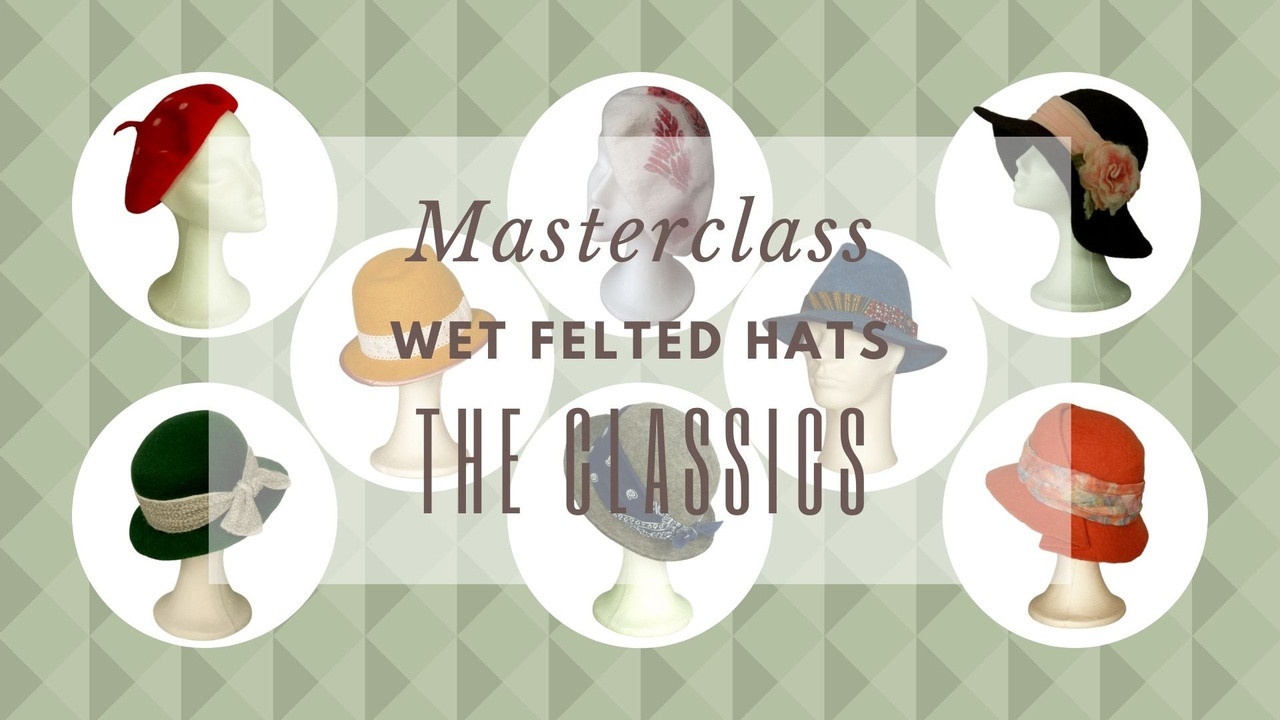The Dodo Blog
I’m working on a new class that is meant to help felt makers go all the way (smoothly) from total beginner to intermediate. If you’ve recently started wet felting or you’ve been felting for a while, but still feel like there are many gaps in your knowledge, this may be for you.
But I’ll need some t...
Do you ever have moments of taking a glimpse at your felting table and thinking “OMG, look at all this plastic”? It’s happened to me often, so I’ve been trying to substitute it for other materials whenever I can. And I’ve also been thinking about writing a couple of tips for the felt makers who are ...
In the last couple of weeks, we’ve been looking at the topic of resists. But the focus was more on what you need to know at the beginning of your wet felting journey.
If, instead, you’re a more seasoned felt maker, you might be facing other issues, like what to do with the piles of resists and pape...
The video above goes into the following details:
How to felt with resists
When you felt with a resist, you need to lay out the wool on both sides to cover the resist completely. The wool layers need to then go beyond the resist edge, so that some of the wool can be turned over to the other side. ...
WHAT ARE RESISTS?
By definition, a resist is anything you use between two pieces of wool to prevent that they felt with each other. In other words, you need to use a resist when you want to make a hollow object.
Only after the flat piece is created can you shape it into a 3D object. So, if you wan...
We know that the amount of shrinkage in wet felting depends on many variables. Among the most important are:
- The wool type: breed, microns, fiber length. Fine wool shrinks more than coarser wool.
- The number of wool layers: if they’re odd or even, how many you lay. Also, thin layers shrink more t ...
Just wanted to let you know you can enroll for the Wet Felted Hats Masterclass from May 15th to May 19th.
The course will start May 22nd and will have a duration of 8 weeks.
If you've been wanting to improve your hat felting skills, stay tuned for the details tomorrow :)
Talk soon!
Vanda
As you might know, I created a new course recently: the Wet Felted Hats Masterclass for all of you who’d like to refine your hat making skills.
There was a first edition in February/March, which I launched as a test course. I had built a base structure and invited people to join as Founding Members...
After nearly 4 weeks of the Wet Felted Hats Masterclass, the course has grown considerably.
I’ve been creating short online felting courses since 2016 but planning a masterclass with the goal to cover all the possible challenges you might have when felting a classic hat, drawing patterns with the r...
As I have been talking about for some time, I’m working on a masterclass about hats.
Deciding what hats to teach about was a hard task. It’s a topic that really allows you to explore your creativity. There’s no end to what you can do with felted hats. But I decided to go for the classics. I bet I’l...
Hi!
Here’s the third part of my answer to your question:
“What are resists and how do you use them?”
If you haven’t watched parts I and II, go and check them out. You can find the links below.
SO WHAT ELSE SHOULD YOU CONSIDER WHEN DESIGNING A RESIST?
You probably already know that wool can actu...
Hi!
Today I’m here with the second part of my answer to your question:
“What are resists and how do you use them?”
If you haven’t watched part I, go and check it out. You can find the link below.
SO WHAT MATERIALS CAN WE USE FOR A RESIST?
One of the most important things when using a resist is ...




